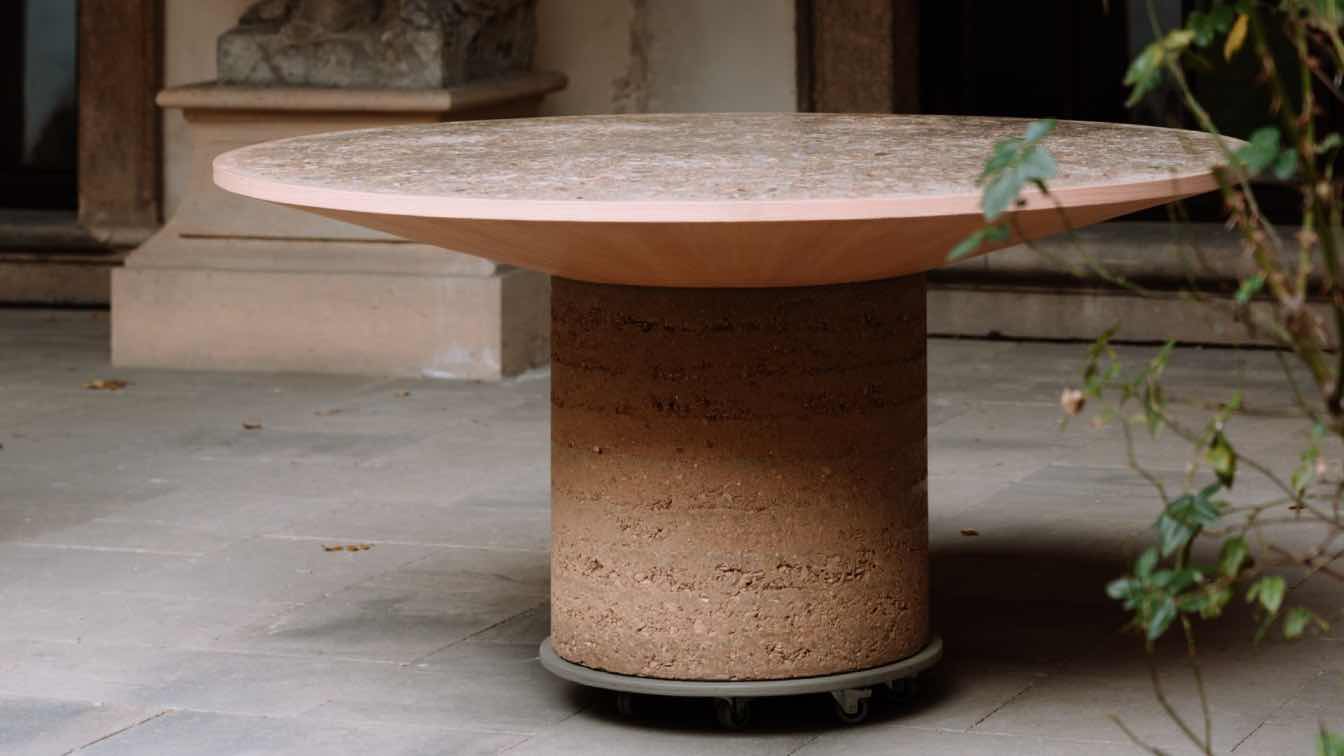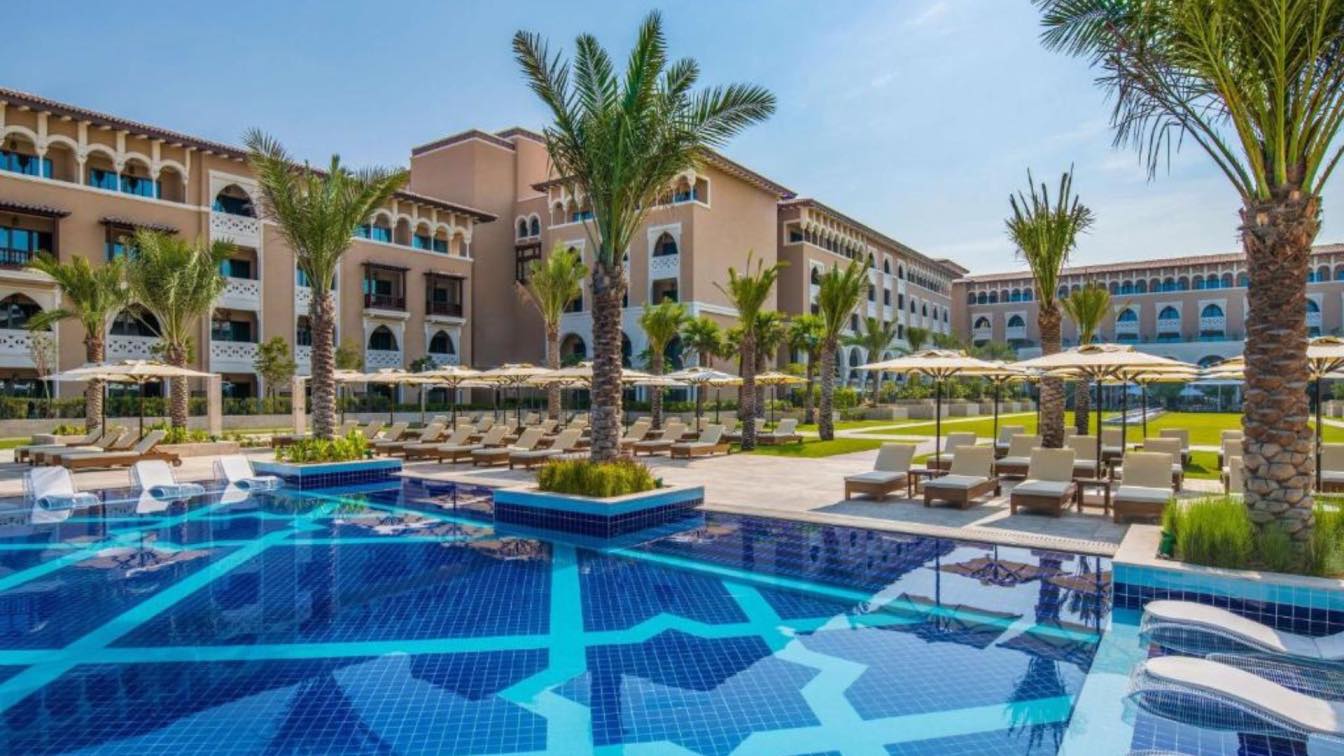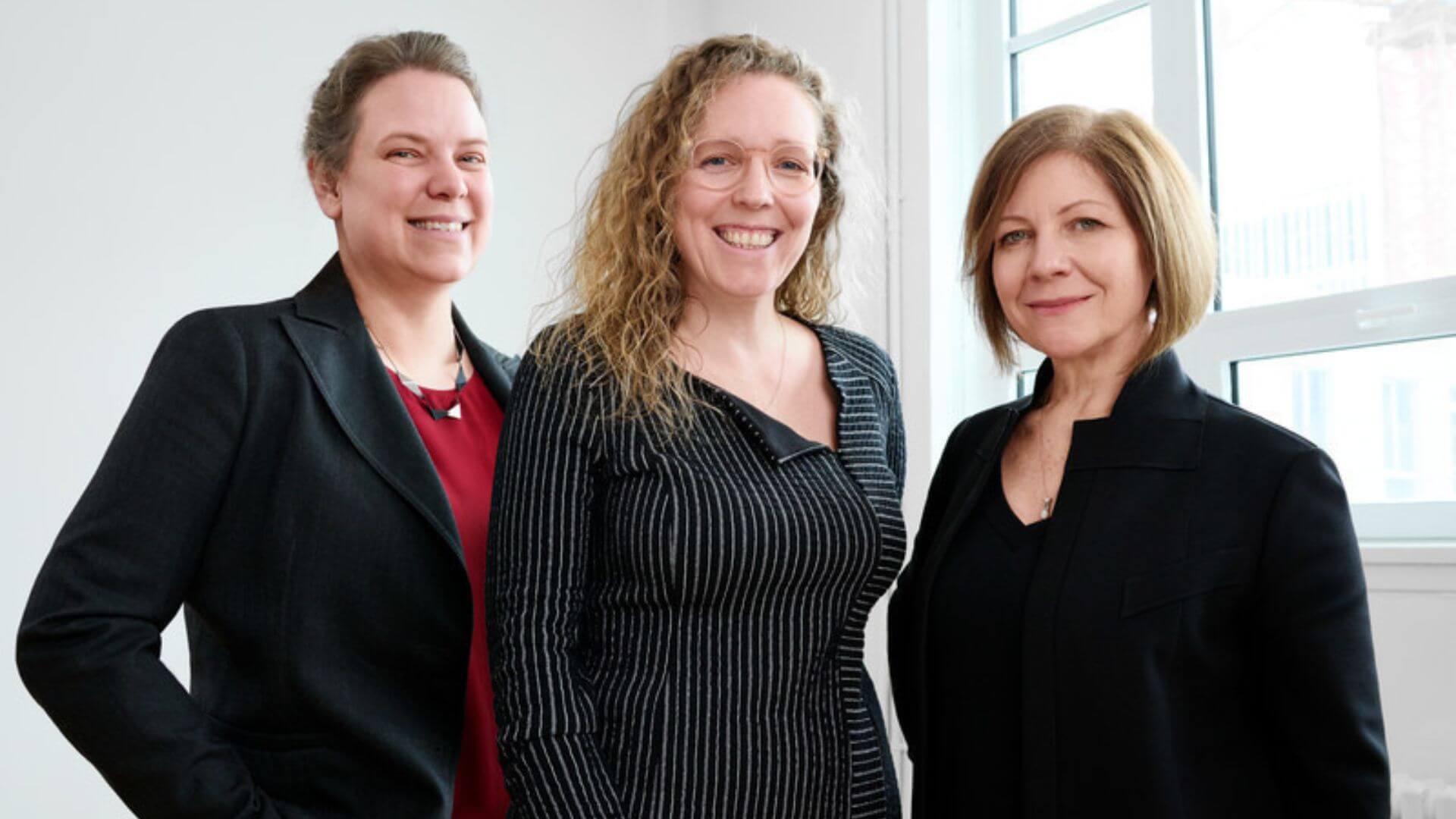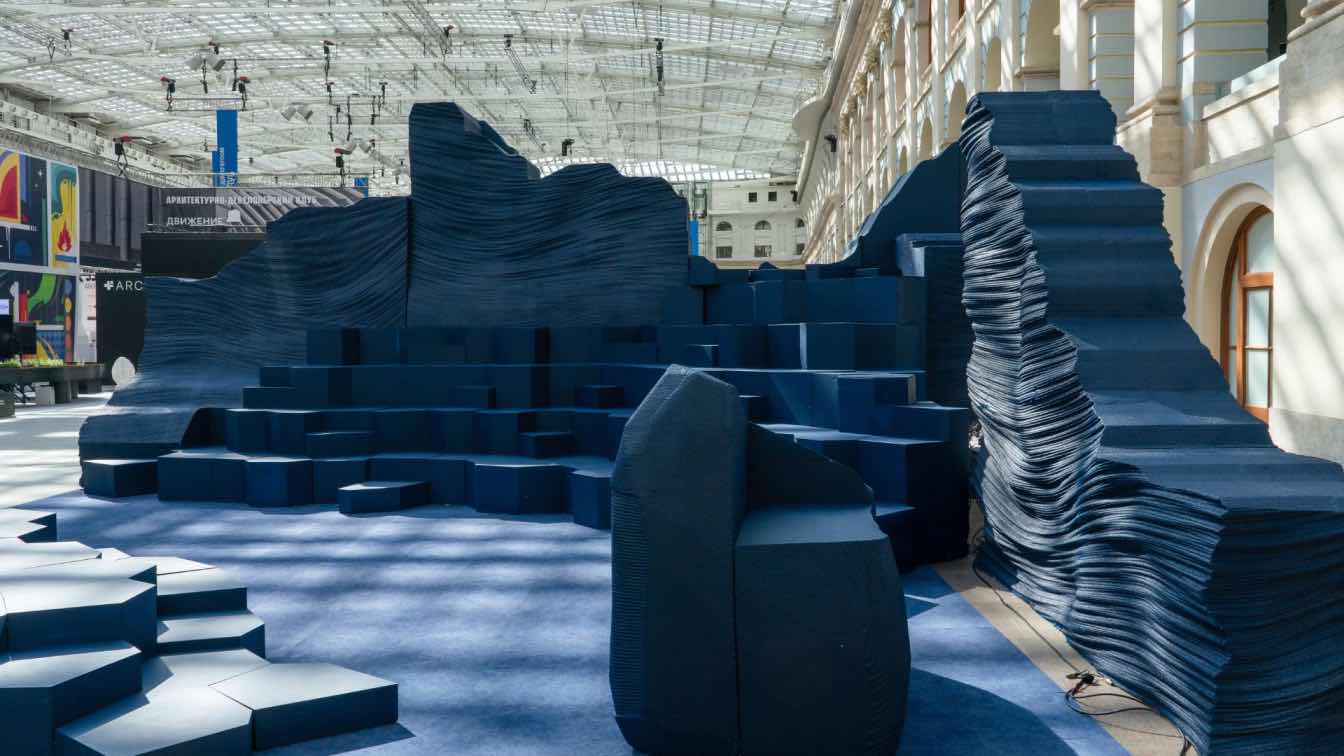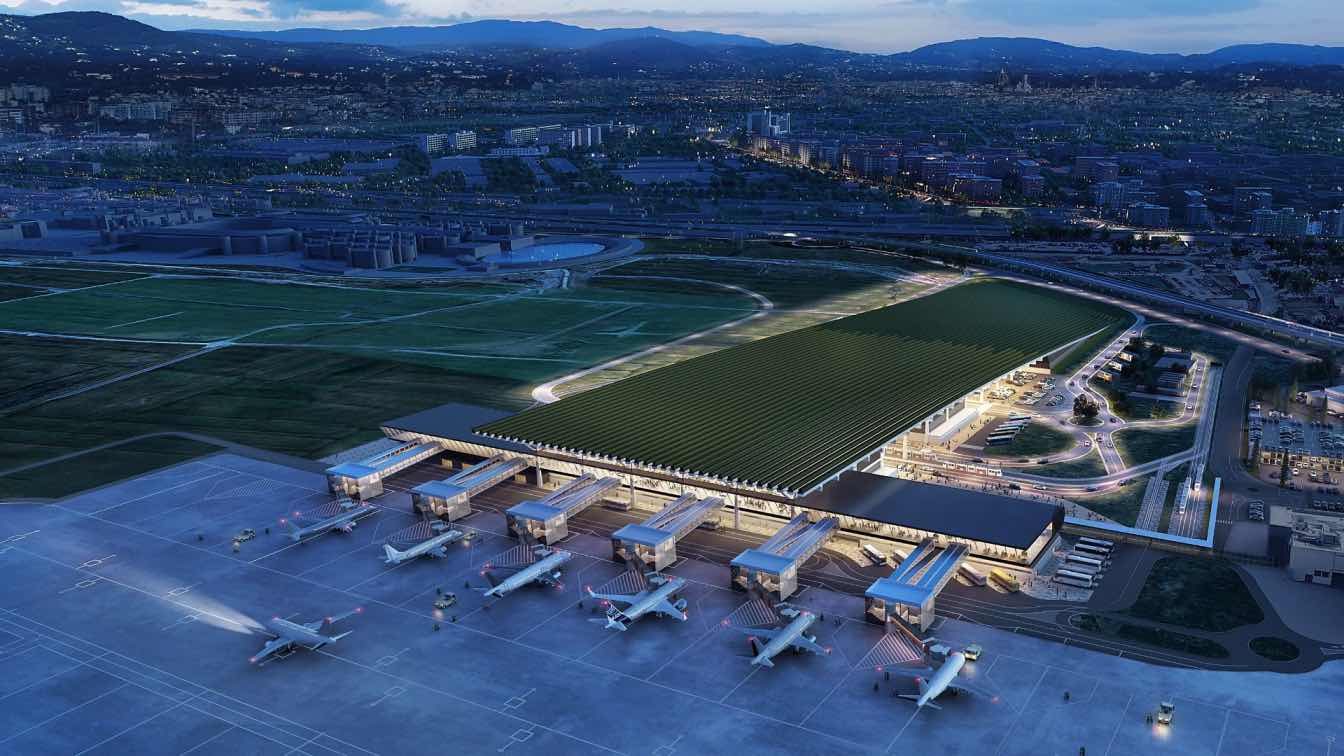Studio JanskyDundera, in collaboration with the kolemhlíny platform, offers a fresh perspective from a young group of professionals on utilizing local waste clay through the monumental around table. Two handcrafted models were created from stonemasonry scraps and rock excavated during the construction of Prague's new Metro D line. The project has now been nominated for the EDIDA ELLE Decoration Award in the Sustainable Design category and has reached the finals of the Czech Grand Design Awards in the Designer of the Year category. The light-colored version of the table, along with other finalist projects, is on display at Kunsthalle Praha until March 10, 2025, where a workshop on rammed earth in architecture and design will also take place.
Young earth
Matěj Janský and Cyril Dunděra from the design studio JanskyDundera, in collaboration with the interdisciplinary platform kolemhlíny – founded by Matěj Janský, architect Svetlana Devyatkina and engineer Lukáš Bejček – presented a rammed earth installation titled young earth. It responded to current ecological challenges and aesthetic demands. The monumental table around, accompanied by gathered data, showcased that the rammed earth opens new doors to sustainability in architecture and design.
Around table
The table is made from a mixture of clay, water and remnants of stonemasonry. It doesn't contain any cement additives, making the material completely natural. "The tabletop is a sample of polished rammed earth flooring, made from the excavations of metro line D, and its leg represents a sample of a rammed earth wall. The installation will also include a second prototype table originating from a landfill, where excavated materials await further use. The aggregate used in the tables is from crushed stonemasonry scraps, which are also waste materials," describes architect Svetlana Devyatkina.
Most of the material used for the earth mix comes from a radius of approximately 11 km from the center of Prague. In addition to the earth from landfills, it also includes scraps of Slivenec marble, which is typical for the mosaic of Prague's pavements, and Lipov marble, used on the Bull Staircase of Prague Castle designed by architect Josip Plečnik. The surface of the table has been treated with natural oil and wax, which provide a shine without compromising the material's ability to absorb and release moisture. This preserves the natural essence of the table, and the material is practically reusable.
The processing of local materials using ramming technology has enabled the creation of an object with unique aesthetics, haptic quality, and a low carbon footprint. "The used materials are essentially waste, which we transformed into a valuable piece of furniture. Our joint installation demonstrates how seemingly worthless clay can be innovatively used to create something beautiful and useful," adds designer Matěj Janský from the JanskyDundera studio.
Wasted clay
In the Czech Republic, hundreds of millions tons of earth are excavated annually due to construction activities. Mostly, this involves natural soil and aggregate, which, despite being harmless, ends up as waste, accounting for a third of the total volume. The transport and processing of clean soil increase economic and energy costs. In a context where the construction industry is one of the largest polluters and responsible for over a third of global CO2 emissions, it is crucial to focus on the efficient management of natural resources.
"The presentation targeted a Czech audience with the aim of breaking stereotypes associated with rammed earth as a material for poor developing countries and showcasing its modern and sustainable use. The project draws inspiration from practice abroad, particularly from Austria, Germany, and France, where rammed earth has also been historically used and is currently being developed with an emphasis on aesthetic quality and sustainability," explains Lukáš Bejček, co-founder of the platform kolemhlíny.
Nomination
A few months after its debut, the project received not only widespread acclaim from both experts and the general public but also a nomination for the EDIDA ELLE Decoration Award in the Sustainable Design category. As part of the Czech Grand Design 2024 Awards, the around table made it to the top three finalists in the Designer of the Year – Ministry of Culture Award category. The work of all finalists is showcased in the Space of Desire exhibition at Kunsthalle Praha, running until March 10, 2025. The exhibition includes accompanying programs such as a workshop on clay materials in architecture and design. The annual Czech Grand Design ceremony will take place on March 3, 2025, at the Estates Theatre. A version of the table containing rock excavated from the construction of Metro D is on display at the Kvalitář gallery in Prague.
Workshop
The workshop, focused on the use of rammed earth in contemporary architecture and design, combines theoretical knowledge with hands-on experience. Participants will learn about production technologies, the composition of clay mixtures, and their processing. The workshop will also include a practical session where everyone will have the opportunity to work with clay and create their own piece.
• 9/3 2025 | Kunsthalle Praha | Workshop on rammed earth in architecture and design•
JanskyDundera
The award-winning studio JanskyDundera, founded by the young designer duo Matěj Janský and Cyril Dunděra, specialises in furniture design, interior design, and exhibition installations. Under the brand MCDJ, they create not only furniture but also other products, including clothing. Graduates of the Academy of Arts, Architecture, and Design in Prague (UMPRUM) have international experience from renowned studios and brands such as Claesson Koivisto Rune, Lasvit, and Braasi. The JanskyDundera duo approaches projects with sensitivity, respect, and a unique sense of humour. Their products are now offered by international brands like Cappellini and Kler, and locally by Master & Master and SegraSegra. Among other accolades, the studio has won the German Design Award, Balthazar Award, and EDIDA.
kolemhlíny
Kolemhlíny is an interdisciplinary creative platform focused on the use of rammed earth in architecture, emphasizing sustainability and regenerative design. It specializes in designing and implementing projects using local resources and traditional techniques in a modern context. It collaborates with public and private organizations that strive for sustainable development and aesthetic quality, working at all project stages – from consultations to implementation, with respect for the material. It develops experimental mixtures and explores various aspects of rammed earth construction in collaboration with research organizations. The platform aims to spread knowledge and popularize rammed earth through education, workshops, lectures, and conferences. The project is led by designer Matěj Janský, architect Svetlana Devyatkina, and engineer Lukáš Bejček.

